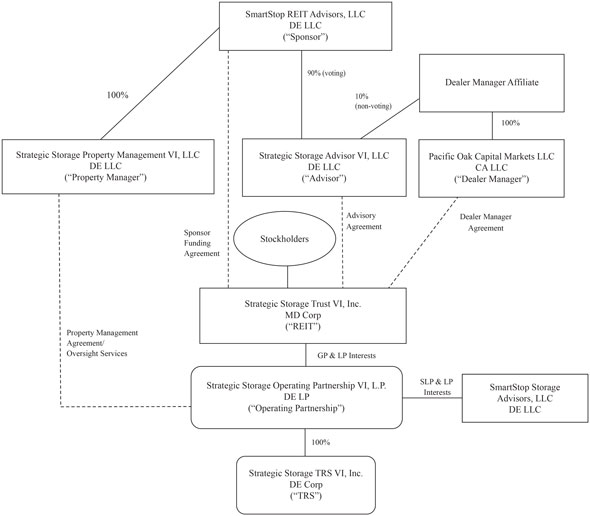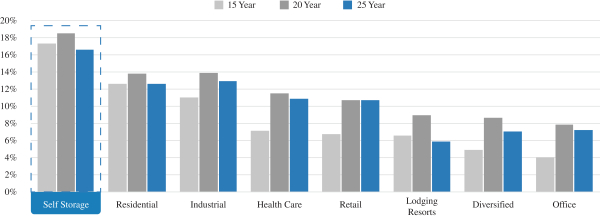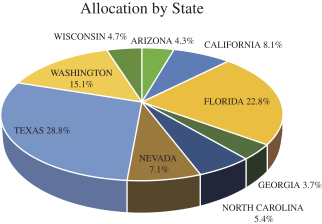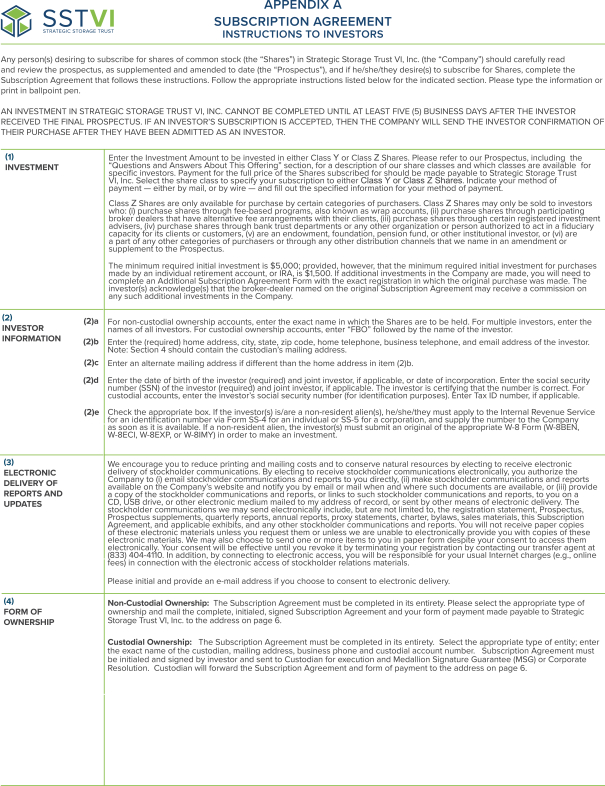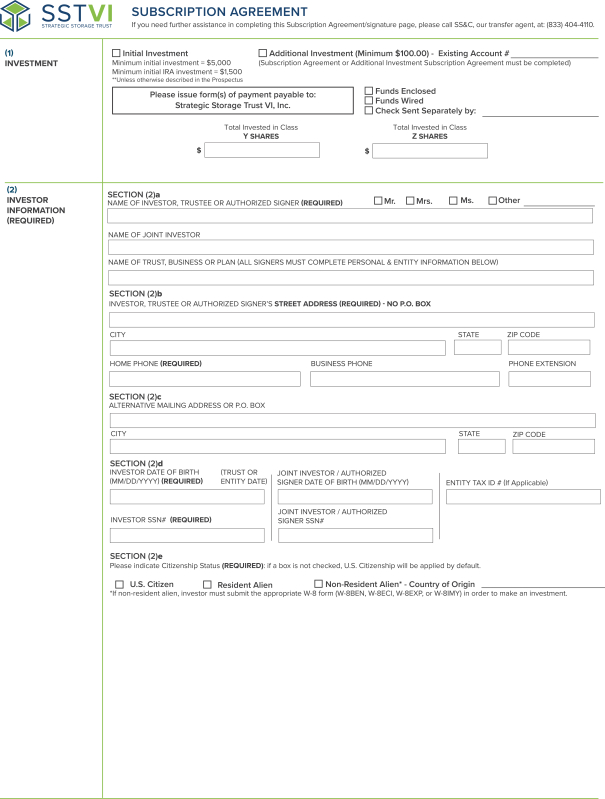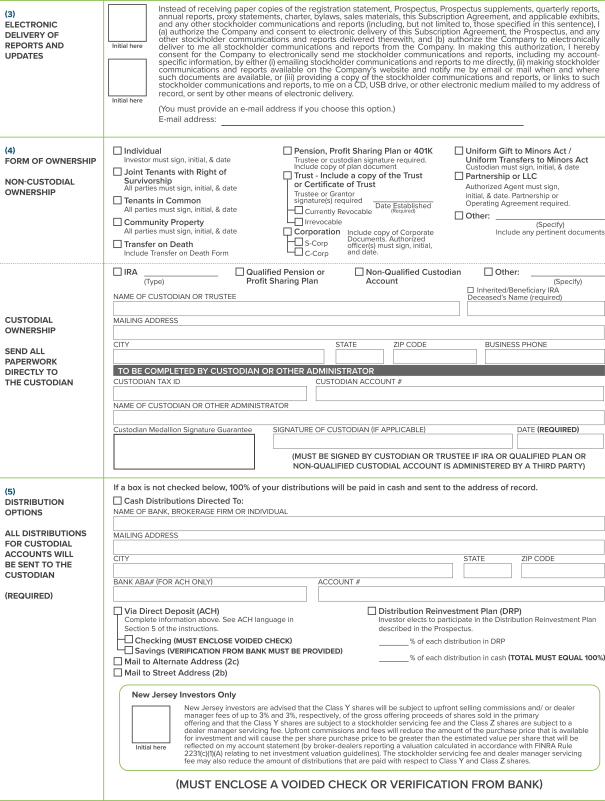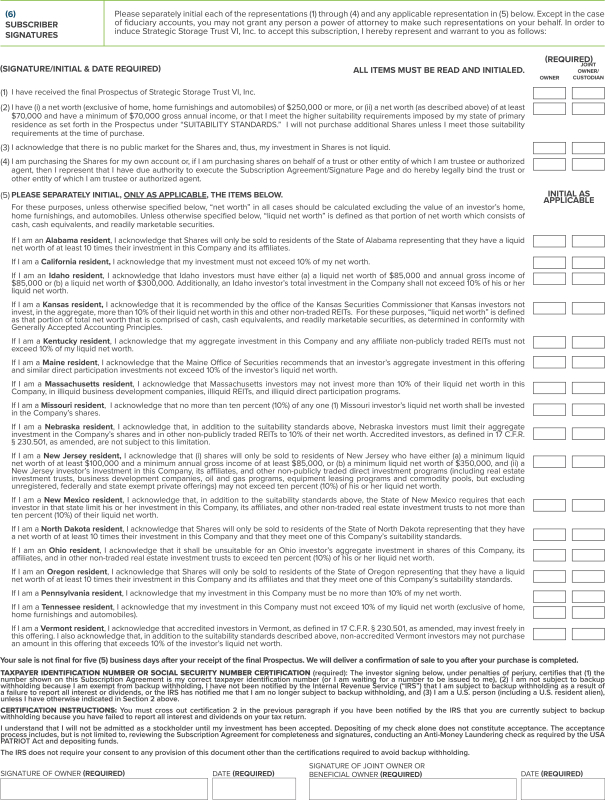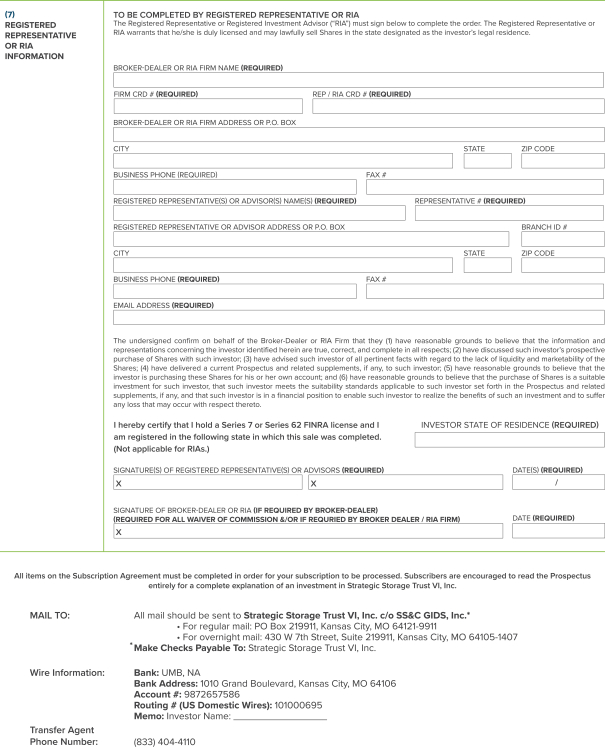a plan or owner of an account contemplating an investment in the shares should consider whether we, any other person associated with the issuance of the shares, or any of their affiliates is or might become a “party-in-interest” or “disqualified person” with respect to the plan or account and, if so, whether an exemption from such prohibited transaction rules is applicable. In addition, the Department of Labor plan asset regulations provide that, subject to certain exceptions, the assets of an entity in which a plan holds an equity interest may be treated as assets of an investing plan, in which event the underlying assets of such entity (and transactions such assets) would be subject to the prohibited transaction provisions. We intend to take such steps as may be necessary to qualify us for one or more of the exemptions available, and thereby prevent our assets as being treated as assets of any investing plan.
In addition, if you are investing the assets of an IRA or a pension, profit sharing, 401(k), Keogh or other employee benefit plan, you should satisfy yourself that your investment (i) is consistent with your fiduciary obligations under ERISA and other applicable law, (ii) is made in accordance with the documents and instruments governing your plan or IRA, including your plan’s investment policy, and (iii) satisfies the prudence and diversification requirements of Sections 404(a)(1)(B) and 404(a)(1)(C) of ERISA. You should also determine that your investment will not impair the liquidity of the plan or IRA and will not produce UBTI for the plan or IRA; or, if it does produce UBTI, that the purchase and holding of the investment is still consistent with your fiduciary obligations. You should also satisfy yourself that you will be able to value the assets of the plan annually in accordance with ERISA requirements and that your investment will not constitute a prohibited transaction under Section 406 of ERISA or Code Section 4975.
For further discussion of issues and risks associated with an investment in our shares by IRAs, employee benefit plans, and other benefit plan investors, see the “Investment by Tax-Exempt Entities and ERISA Considerations” sections of this prospectus.
General Risk Factors
A failure in, or breach of, our operational or security systems or infrastructure, or those of our third party vendors and other service providers or other third parties, including as a result of cyber attacks, could disrupt our businesses, result in the disclosure or misuse of confidential or proprietary information, damage our reputation, increase our costs, and cause losses.
We rely heavily on communications and information systems to conduct our business. Information security risks have generally increased in recent years in part because of the proliferation of new technologies; the use of the Internet and telecommunications technologies to process, transmit, and store electronic information, including the management and support of a variety of business processes, including financial transactions and records, personally identifiable information, and tenant and lease data; and the increased sophistication and activities of organized crime, hackers, terrorists, activists, and other external parties. As customer, public, and regulatory expectations regarding operational and information security have increased, our operating systems and infrastructure must continue to be safeguarded and monitored for potential failures, disruptions, and breakdowns. Our business, financial, accounting, and data processing systems, or other operating systems and facilities, may stop operating properly or become disabled or damaged as a result of a number of factors, including events that are wholly or partially beyond our control. For example, there could be electrical or telecommunication outages; natural disasters such as earthquakes, tornadoes, and hurricanes; disease pandemics; events arising from local or larger scale political or social matters, including terrorist acts; and, as described below, cyber attacks.
Our business relies on its digital technologies, computer and email systems, software, and networks to conduct its operations. Although we have information security procedures and controls in place, our technologies, systems, and networks and, because the nature of our business involves the receipt and retention of personal information about our customers, our customers’ personal accounts may become the target of cyber attacks or information security breaches that could result in the unauthorized release, gathering, monitoring, misuse, loss, or destruction of our customers’, or other third parties’ confidential information. Third parties with
62

